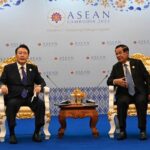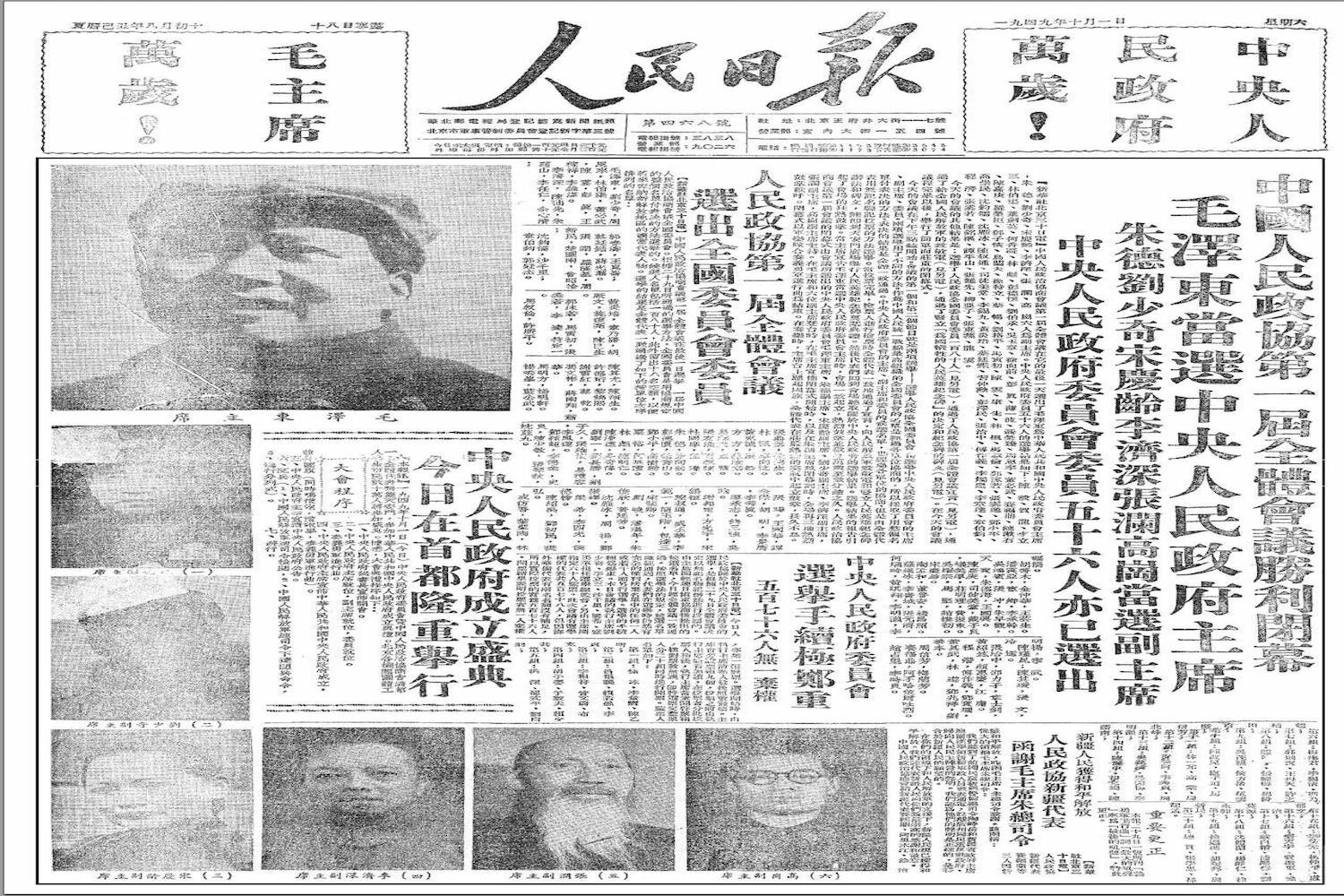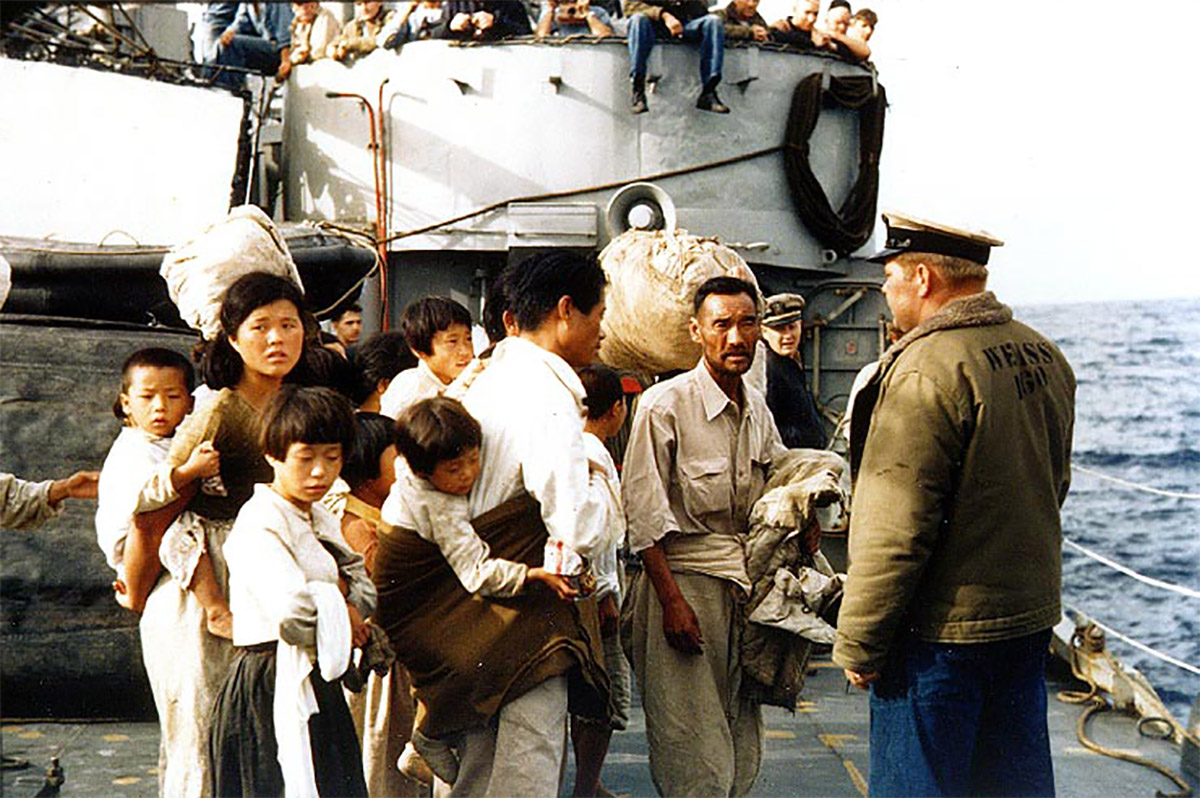On Oct. 31, 2023, the Sumida Triphony Hall in Tokyo was ringing with Korean music, marking the 10th anniversary of the “Drama Original Sounds Korea” event. The concert hall was packed full of Japanese K-pop fans, a demographic of fans that has been gathering momentum in Japan for more than two decades. Since the turn of the millennia, there have been four key transformations within the entertainment industry between South Korea and Japan. Firstly, there has been an increasing de-Koreanisation and de-Japanisation of entertainment companies as the two countries merged their industries, influencing one another. For example, Korean entertainment conglomerates have cooperated with their Japanese opposites, such as AVEX, by absorbing Japanese members. Secondly, drama actors originally achieved the most fame in Japan but over time, this shifted to singers achieving increasing prominence. Thirdly, there was also a pivot in South Korea whereby Korean artists began to debut and achieve success in Japan first. Finally, Korean idols began to become more of a globalized form of the celebrity.
With these transformations in mind, the question must be asked: Has hallyu’s popularity in Japan extended to the point that it can be considered as having a socio-political impact between the two countries? Does the social impact of cultural impact overlap with political relations between the two countries?
Kim Daejung’s Cultural Opening
In 1998, President Kim Daejung began to introduce policy that promoted cultural exchange with other nations, arguing that such exchanges were necessary for the development of national culture and eventually the globalization of national culture. As a result of this initiative, called the Open Door Policy, South Korea removed restrictions on the import of Japanese products in order to pursue a “future-oriented relationship.” This globalist approach occurred on the curtails of the 1997 economic crisis, during which Korea suffered its worst recession in the post-war era, thus prompting the country into action. Among the list of nations that President Kim Daejung wanted South Korea to culturally exchange with was Japan.
In the past, South Korea had regulated the cultural industries, with it being difficult for cultural commodities to come into the country and thus for it to be exported as well. This was designed to protect Korean identity from the potential negative effects of globalisation. Kim Daejung sought to do the opposite, and this included deregulating cultural exchanges in film, music, and art with the nation’s former colonisers. It is worth highlighting that Kim Daejung’s policy went beyond the goal of simply allowing Japanese pop culture to circulate within South Korea. Rather, it had to be an exchange. This meant that while Japanese films, music, and more would be making their way into South Korea, at the same time Korean culture would be heading the other way.
This expansion of South Korean popular culture into Japan provided the foundations for future exchanges and collaboration with Japan. After the commencement of the 1998 Cultural Opening, the Kim Daejung Government followed this policy by announcing the “Five-Year Plan for Developing Cultural Industries” in 2000. The objectives of this plan included developing the cultural industry to an extent that it became a “national basic industry” for the 21st century and to “strengthen overseas promotion,” of which Japan was a key factor.
Once these initiatives were established, the South Korean Government began to introduce the term “Korean Wave” and position this term at the forefront of their policy. This announcement was centered around bringing South Korean popular culture to the world and, more specifically, exchanging cultural products and content with Asian neighbours, such as Japan.
With the introduction of hallyu now in the mainstream lexicon, the South Korean government was ready to push and export their culture to the world.

Winter Sonata: Actors Bae Yong-joon and Choi Ji-woo Source: Korea Times
The Rise of “K”: K-Dramas and K-Pop
Since the beginning of the Open Door Policy in 1998, there have been four waves of hallyu in Japan—K-dramas, K-pop, K-culture, and K-style. The first wave began when the South Korean television drama series “Winter Sonata” acted as a spark in Japan that triggered the Korean Wave. Another early example of a Korean television drama that was popular in Japan was “Dae Jang-geum” (Jewel in the Palace) which is based on a true story about a woman named Jang-geum, who was a cook for the royal family during the Joseon Dynasty. A feature of the drama is how it showcases traditional Korean culture and serves as an insightful example of hallyu impacting Japan.
There were several factors that made this show popular in Japan, one of which was a growing interest from Japanese people in Korean food (the main character was responsible for preparing royal cuisines). Korean food is an integral source of pride in South Korea, as is evident in the South Korean government’s push to “globalize” Korean food over many years.
A rising interest in Korean food by Japan is significant, especially when considering the context of the so-called “Japan-Korea Kimchi War,” which is an intriguing footnote that occurred in the 1990s. During this time, the Korean Ministry for Food, Agriculture, Forestry and Fisheries announced that Korean kimchi was naturally fermented, while Japanese kimchi had additives and was considered to be a false copy. This argument was widely criticised in the Japanese press and Korea received a significant amount of negative attention.
However, promoting Korean food through shows such as “Dae Jang-geum” is strikingly different from laying accusations against other nations. When the South Korean government attempted to prove that Korean kimchi was healthier than Japanese kimchi, it instead had a negative impact within Japan. Alternatively, the promotion of Korean food through a television drama proved a more effective means of promoting Korean culture.
At first, K-dramas were mainly popular among middle-aged and elderly Japanese women; housewives in Japan were charmed by Korean actor Bae Yong-joon in “Winter Sonata.” When Bae visited Tokyo, he was greeted by hundreds of fans who were so enthusiastic that there was a stampede. Ten of the fans ended up in hospital. In 2002, when the show was released, Japanese travellers to Chuncheon, where much of the show was filmed, jumped from 40,000 to 140,000.
Hallyu popularity eventually began to include younger Japanese people, through K-pop. Around 2010, idols such as Girls’ Generation (or SNSD) and TVXQ (or “Tohoshinki”) began to achieve popularity amongst younger Japanese people. This second wave laid the foundation for the third wave, during which boy bands such as BTS achieved immense popularity.
A more recent hallyu wave took place during the COVID-19 pandemic, which saw an increase in demand for stay-at-home entertainment as a result of many people being forced to stay indoors to remain safe from the coronavirus.
During this time, dramas such as “Crash Landing On You” and “Itaewon Class” became popular on Netflix and were streamed into Japanese living rooms. The era of streaming services continues to this day. Meanwhile, Japan and South Korea were enduring multiple feuds on a diplomatic and political level. Yet at the same time, Korean dramas such as “Crash Landing On You” and “Itaewon Class” were featured in the top three most streamed shows on Netflix Japan. While Japan and South Korea have at times experienced testing relations, this had largely no impact on the popularity of hallyu in Japan. Throughout these waves of hallyu, it is clearly evident that Korean popular culture has dramatically risen in popularity within Japan since the Cultural Opening initiated by the Kim Daejung government in 1998.

Real Life Lovers: Hyun Bin and Son Yejin from “Crash Landing On You” Source: Koimoi
So what has been the socio-political impact?
Since the election of President Yoon Suk-yeol, South Korea-Japan relations have been progressing through a phase of deepening ties, diplomatically speaking at least. Domestically, many Koreans are unhappy about deepening ties with Japan, as can be seen by the regular protests at Gwanghwamun. Within the government, a sense of momentum has been gained as a result of several meetings between President Yoon and Japanese Prime Minister Fumio Kishida. However, before this, South Korea-Japan relations had been regressing. For example, comfort women and wartime forced labor during the colonial era had become a popular topic of protest within South Korea, with many desiring an apology and further compensation from Japan.
Despite these thorny political relations, the two countries were still simultaneously experiencing regular cultural exchanges. As an example, three Korean girl groups (TWICE, IVE, and LE SSERAFIM) performed at a popular New Year’s Eve event called Kohaku Uta Gassen in Tokyo, Japan. This was the first time Korean performers had appeared at the event since 2019.
The exchange of cultural products and artists has undoubtedly made further positive impacts on Japan-South Korea relations on a people level, but there are also limitations. To begin with the positives, a survey conducted by a South Korean think tank in 2019 found that 49.5 percent of respondents, all of whom were Japanese, viewed South Korean dramas, music, or culture, as leaving positive impressions upon them. That figure was only outdone by South Korean food and shopping, which was 52.5 percent. These statistics are best understood within the context that no other factor came within 20 percentage points of those two variables.
It is easy to feel inclined to conclude that hallyu has had a significant socio-political impact. However, in the same survey, results also showed that a mere 8 percent of Japanese respondents viewed South Korea as a “friendly nation.” These survey results are part of a study from Genron NPO and the East Asia Institute, which is called the “Korea-Japan Joint Public Opinion Poll,” an annual survey that provides valuable insights into relations between Japan and South Korea.
In another survey taken by Genron NPO in 2021, there is a clear delineation between older Japanese survey respondents and younger Japanese survey respondents. The survey found that 40 percent of Japanese respondents under the age of 20 had a positive view of South Korea, while 34.7 percent of respondents under the age of 29 also had a positive view of South Korea. Overall, younger respondents were more positive towards South Korea than older respondents, suggesting that the younger Japanese respondents are less impacted by the historical dynamics behind the Japan-South Korea relationship.
According to the most recent poll completed by Genron NPO and the East Asia Institute, which took place in 2022, the trends evident in the 2021 study continued. Once again, the highest affinity for each other’s country came from the younger generations, aged between 18 and 39. The respondents who had a “high affinity” were most commonly people who have visited the other country and consumed various aspects of the other country’s culture.
Despite the increasing popularity of hallyu, Japan and South Korea still endure complex relations. Within South Korea, there is still much domestic turmoil about whether the government should deepen ties with Japan. Perhaps in the future, the younger generations of today may be able to put the past behind them tomorrow. However, for now, history still stands in the way of progress, with many Koreans believing that issues of forced labor and comfort women during the colonial years remain unresolved. In the meantime, at least on a cultural level, the legacy of Kim Daejung’s Cultural Opening will continue.
- “I Love My Body”: Hwasa and Female Empowerment in K-Pop and Korean Society - May 6, 2025
- English Fever in South Korea - February 24, 2025
- South Korea’s Medical School Expansion – Cure Worse than the Disease? - October 20, 2024






